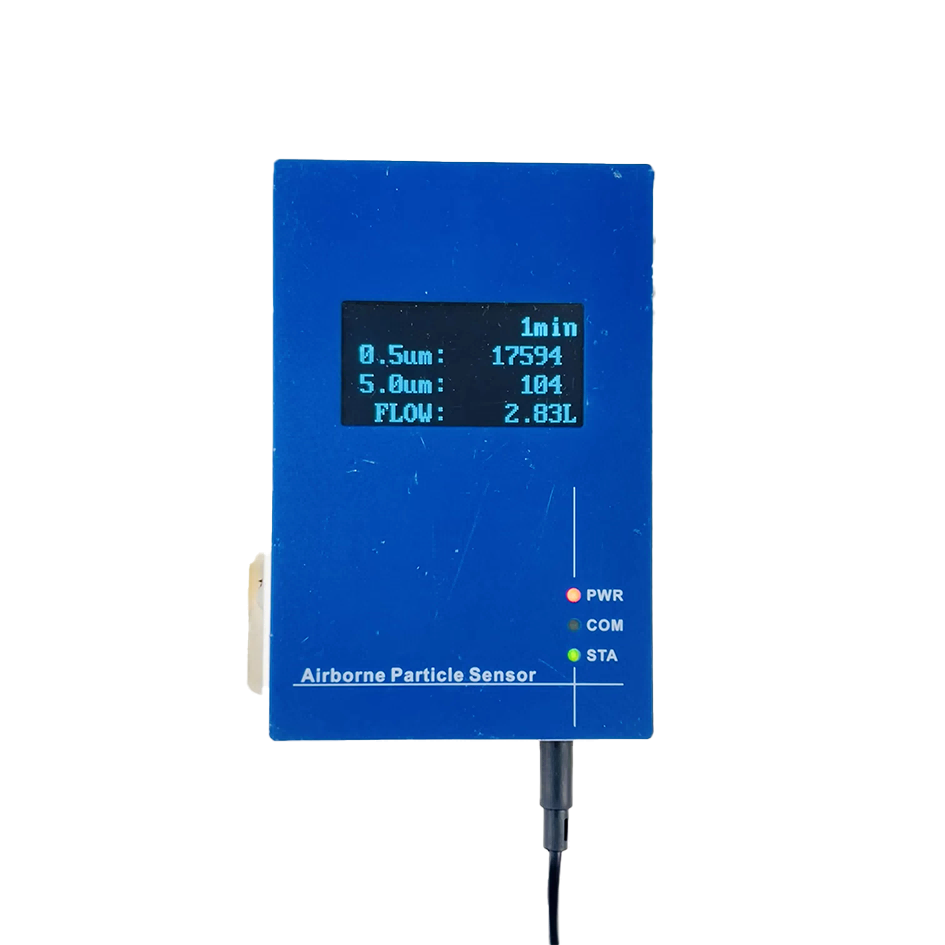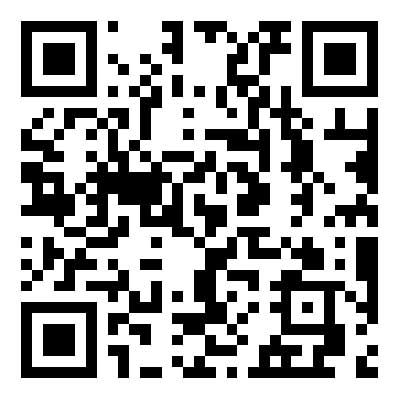Why Should You Choose a Remote Particles Counter for Accurate Air Quality Monitoring?
2025-08-12
In the era of precision manufacturing, environmental control, and health-conscious facilities, the ability to monitor airborne particles in real time is no longer a luxury — it is a necessity. The Remote Particles Counter is a sophisticated monitoring device designed to provide accurate, continuous measurement of airborne particulate matter. Whether you operate in pharmaceuticals, cleanroom manufacturing, data centers, or environmental research, maintaining optimal air quality directly impacts your operations, compliance, and safety.
This article explores the technical specifications, benefits, and real-world applications of a Remote Particles Counter, helping you understand why it is a crucial investment for your facility.
A Remote Particles Counter is an automated monitoring device that measures the concentration of airborne particles in a specific environment. It operates continuously, transmitting data to a central monitoring system without requiring on-site manual sampling. These devices are strategically installed in sensitive environments to ensure air cleanliness levels remain within set standards.
Key Features and Specifications
Below is a detailed technical overview of a typical high-performance Remote Particles Counter:
| Parameter | Specification |
|---|---|
| Measurement Range | 0.3 μm to 25 μm particle size detection |
| Flow Rate | 1.0 CFM (28.3 L/min) or customizable flow rates |
| Channels | 6 channels (configurable for different particle sizes) |
| Data Output | Modbus TCP/IP, Modbus RTU, Ethernet, or Wi-Fi |
| Accuracy | ±10% within ISO 21501-4 calibration standards |
| Sampling Mode | Continuous or interval sampling |
| Power Supply | 24 VDC, PoE (Power over Ethernet) optional |
| Operating Temperature | 0°C to 50°C |
| Humidity Range | 0% to 95% non-condensing |
| Data Storage | Internal buffer with up to 3,000 records |
| Calibration | Annual calibration recommended, ISO traceable |
| Mounting Options | Wall-mounted, rack-mounted, or integrated into cleanroom panels |
How Does a Remote Particles Counter Work?
The device uses a laser diode light-scattering method to detect particles in the air. As particles pass through the laser beam, light is scattered in measurable patterns, which are then analyzed to determine particle size and count. The built-in sensor continuously samples the environment and sends the results to a central control system for monitoring and reporting.
Applications Across Industries
The versatility of a Remote Particles Counter makes it suitable for various sectors:
-
Pharmaceutical Manufacturing – Ensures compliance with GMP and FDA cleanroom standards.
-
Semiconductor Production – Protects microelectronic components from contamination.
-
Food & Beverage Processing – Maintains hygiene levels for quality assurance.
-
Hospitals & Laboratories – Reduces risk of airborne infections.
-
Data Centers – Prevents dust accumulation that could damage servers.
-
Aerospace Engineering – Controls particulate levels in precision assembly.
Example of Air Quality Monitoring Network Layout
Below is a simplified layout for a facility using multiple Remote Particles Counters:
| Location | Device Count | Particle Size Range | Purpose |
|---|---|---|---|
| Cleanroom Entrance | 2 | 0.3–5 μm | Detects contamination from personnel entry |
| Production Line Area | 4 | 0.5–25 μm | Monitors manufacturing air quality |
| Packaging Zone | 1 | 0.3–1 μm | Ensures sterile packaging environment |
| Storage Warehouse | 1 | 0.5–10 μm | Prevents dust accumulation |
FAQ – Remote Particles Counter
Q1: What particle sizes can a Remote Particles Counter detect?
A: Most models detect particle sizes ranging from 0.3 μm to 25 μm, which covers common airborne contaminants in cleanroom and industrial environments.
Q2: How often should a Remote Particles Counter be calibrated?
A: It is recommended to calibrate annually according to ISO 21501-4 standards. However, in critical environments such as pharmaceutical manufacturing, semi-annual calibration may be advisable.
Q3: Can a Remote Particles Counter connect to my existing environmental monitoring system?
A: Yes. Modern units support Modbus TCP/IP, Modbus RTU, Ethernet, or wireless protocols, allowing seamless integration with most Building Management Systems (BMS) and environmental monitoring software.
Conclusion
A Remote Particles Counter is more than a measuring device; it is a critical safeguard for any operation where airborne contamination poses a risk. By providing accurate, real-time monitoring, it ensures compliance, enhances productivity, and protects both products and personnel.
If you are looking for a reliable, high-performance solution for your facility, Beijing Zetron Technology Co., Ltd. offers a range of Remote Particles Counters designed for the most demanding environments.
Contact us today to discuss the best solution for your needs.



